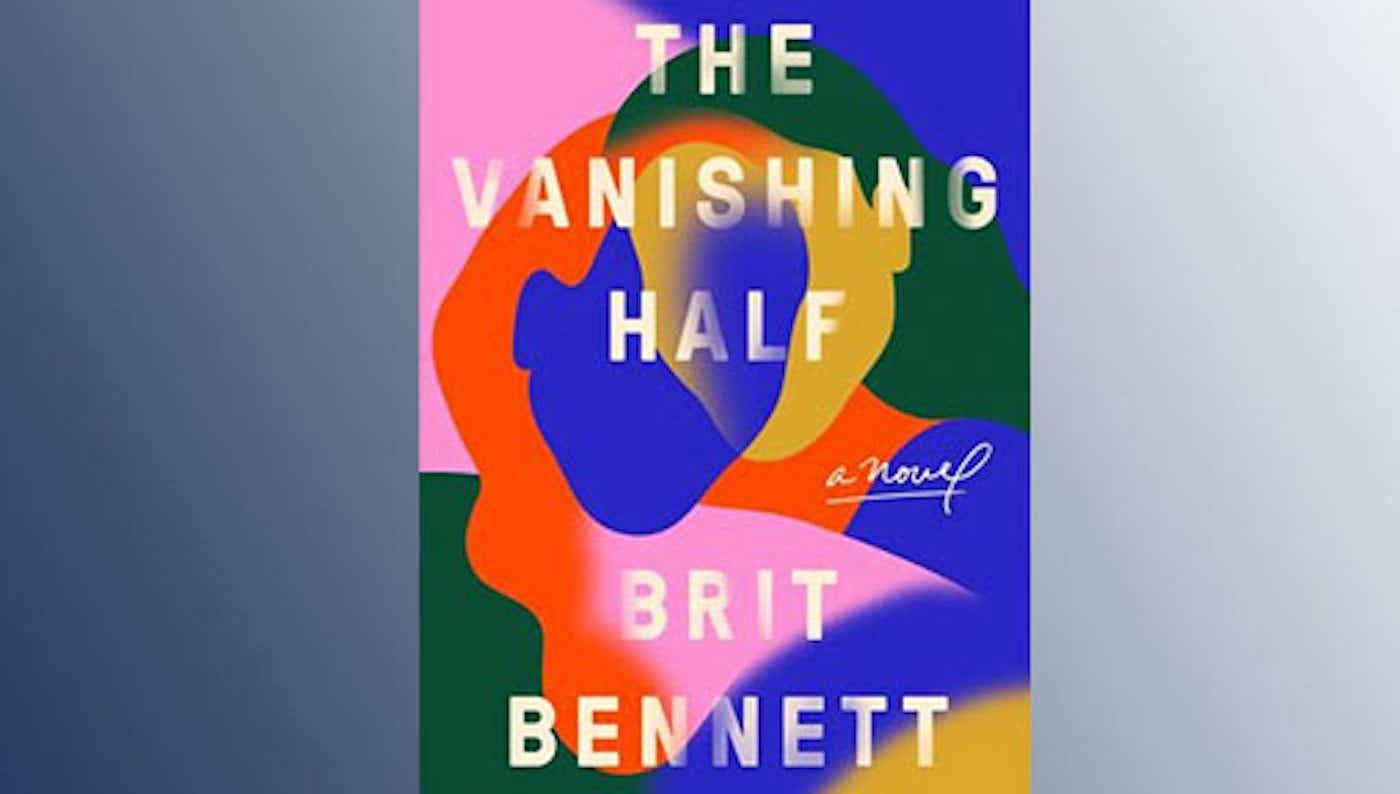“I was interested in what it means to choose to be somebody else through the lens of race.”
Author Brit Bennett’s new novel The Vanishing Half was named one of the most anticipated books of 2020 by O, The Oprah Magazine, and some reviewers have compared her style to Toni Morrison.
The novel holds parallels to what we’re seeing now: Touching on the period of the civil rights movement, it follows two twins from a town in Louisiana who choose to “pass” as different races. Bennett tells Wake-Up Call what readers should look for in the book…
Wake-Up Call: What’s the inspiration behind The Vanishing Half? Describe to me the moment when you were like, “Aha! I have to write this.”
Brit Bennett: It came from a conversation I had with my mother actually, where she was telling me about this town she remembered from her childhood in Louisiana where everyone intermarried so that their children would get lighter and lighter.
It was a very striking and disturbing story. I started to think about what it would be like to live in a community like that, or even to leave a community like that, where skin color is not just something that is privileged and valued, but something that’s kind of enforced. The community has decided to sort of create and institute this value, which affects so many decisions you’re making in your life — as far as who you marry, your kids, and all of these things.
I wanted to explore the idea of the community kind of instituting those really deeply intimate decisions and enforcing them.
The book looks at two twins, who choose to “pass” as different races. What do you want to illuminate about their choices in this environment?
These twins were raised sort of identically under the same circumstances. But they end up making these choices that are so dramatically different — that not only affect their own lives but also trickle down to the lives of their children and future generations.
I was interested in those choices, transformation, and what it means to choose to be somebody else, through the lens of race and the way these twins end up living their adult lives on different sides of the color line. But I also just wanted to answer the question: How do we all become who we are?
This is a portrait of family and sisterhood. With Covid-19, a lot of people are either away from family members or are living in close proximity to them. What did you hope to capture about family?
My family lives in California and I’m in New York, so I haven’t seen them in awhile. I have two older sisters, so I’ve always been interested in writing about sisterhood in general — the idea that you could share genetics with somebody and be raised in the same household and turn out to be completely different people.
I wanted to explore what it means to love somebody across distance and time. I think that’s something a lot of us are thinking about right now in this age of social distancing. Many couldn’t travel to their moms on Mother’s Day, and others have lost people but haven’t been able to attend funerals.
I think the idea of Desiree and Stella living their adult lives separately in really dramatic ways, but still continuing to love each other — that might resonate a little bit differently now.
What’s it been like to release a book during this unexpected time? What do you think people might get from reading The Vanishing Half, which touches down during the Civil Rights movement and is ultimately such a reflection on race and identity?
When I first started this book four or five years ago, I did not imagine that it would be described as timely. I think it’s just been very surreal to hear the book discussed in that way.
I wanted to start in this kind of moment of unrest, beginning in the wake of Dr. King’s assassination and all of the protests, because it’s also a moment of emotional unrest the twins are experiencing at that time. There’s this huge moment of historical significance and unrest. And one of them is about to leave her abusive marriage, while the other is experiencing a crisis when a black family is threatening to move into her white neighborhood.
So I liked layering that. And I think readers might see some parallels between now and 1968. Although this moment does feel different.
Many have called your book kind an escape. What do you hope readers get from this right now?
When people first read it, many were like, “I read this book in quarantine and it was such a good distraction.” That’s what we all could use now, some type of a distraction from this really difficult period that we’ve all been living through.
There are a lot of different locations, so you can vicariously travel through these characters as they’re going throughout different parts of the country. And I hope readers connect to the relationships in the story and get swept up in the love stories that are shown — whether it’s between family, romantic couples, friends, or a different type of love shown in the book.
This interview has been edited and condensed.
Books you buy through our links might earn us a commission.
This originally appeared on Medium.








